Good things come in pairs, or so the saying goes. For Razer, good things come in a trio: the Razer Viper, Viper Ultimate, and the newest member of the family, Viper Mini. A familiar name before the days of the DeathAdder, the Viper line has finally returned to the fold in 2019 after a long hiatus, with the newly-refreshed Razer Viper and its wireless sibling Viper Ultimate showing that they are here to stay.
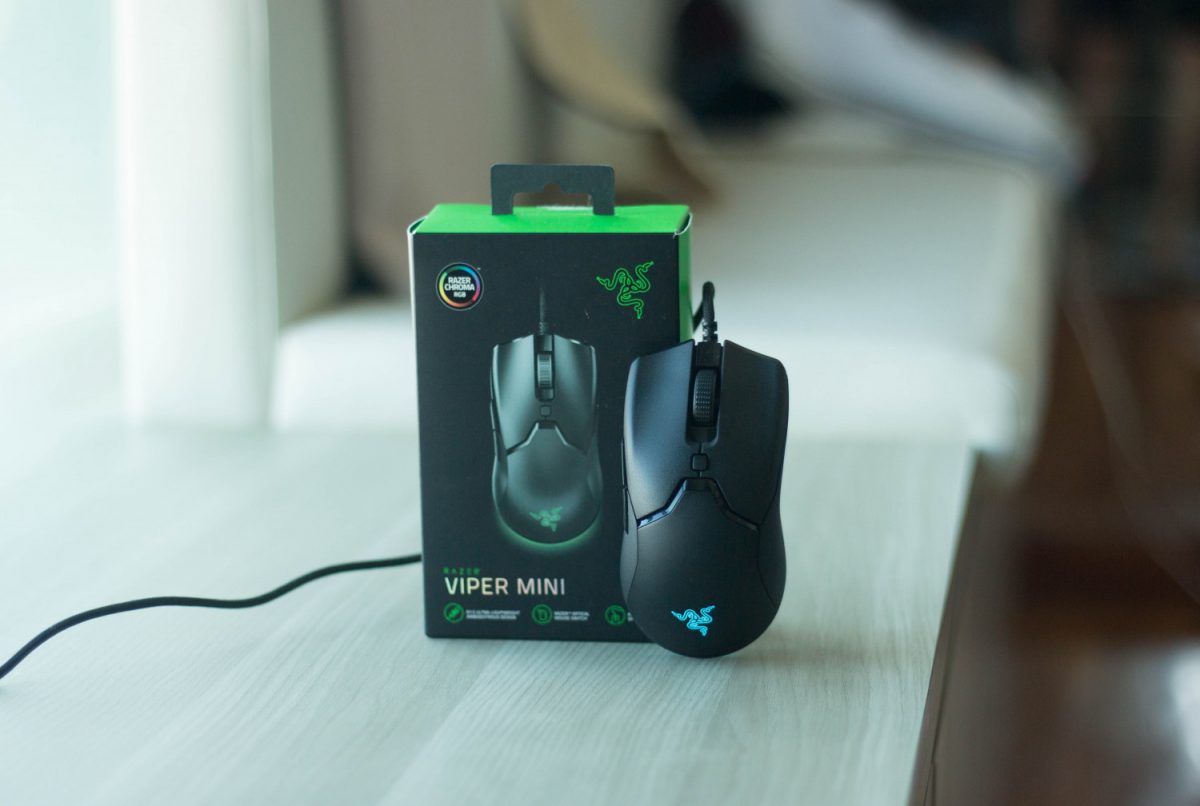
There’s no better time to reintegrate them into the current market, in fact. The two models are designed to be more lightweight than Razer’s usual, which fits in nicely with the rising trend of ultralight mice. But even that isn’t enough for the industry heavyweight, who then went on to drop its lightest-ever mouse, the Viper Mini, to complete the trifecta.
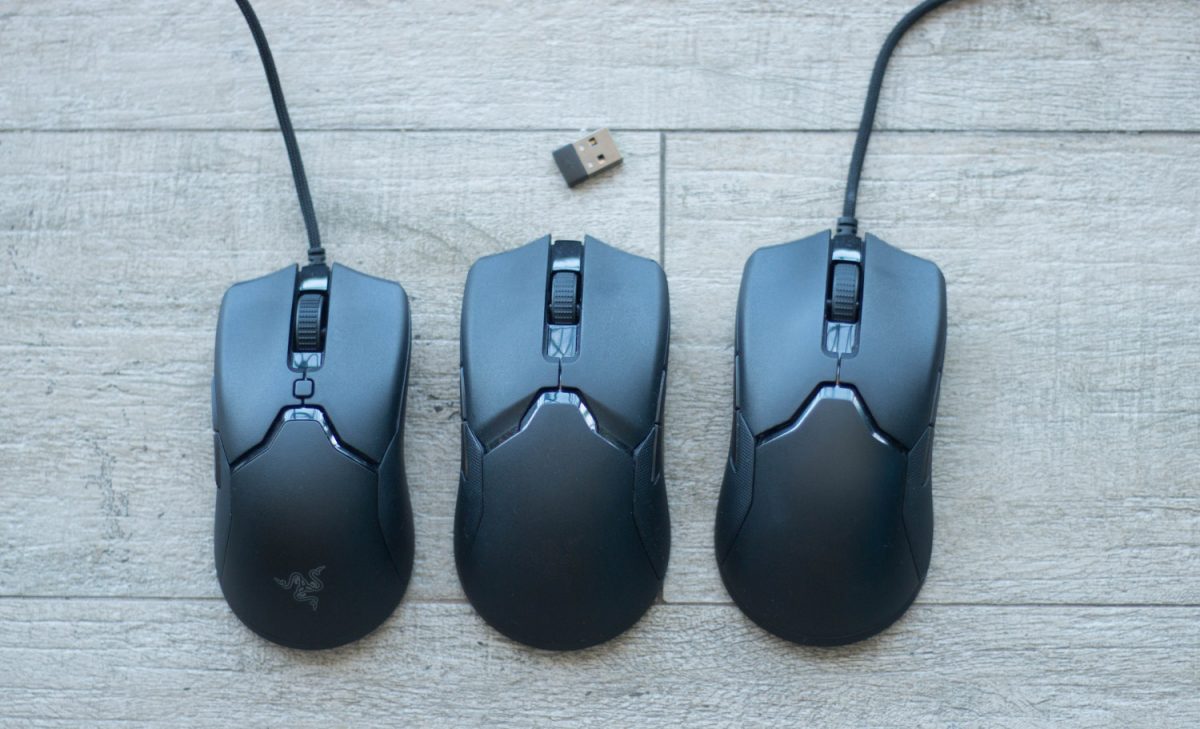
The result? Three different Viper builds, for three different kinds of players. While variety is good and all, it can also easily lead to indecision and uncertainty, as factors like price, grip preference, and size have to be brought into consideration. With slight variances in its design, comfort, and functionality, it’d be interesting to see how the newest addition measures up to the existing duo.
Size is Everything

The very first thing to note about the Viper Mini is that it’s, well, mini. Extremely mini, actually. Where the other two mice are able to sit comfortably in the palm, the Mini’s skinny chassis gives it the feeling of being swamped, so much so that the pinky and ring fingers end up dragged across the mousepad when the mouse is in action. The small form factor isn’t necessarily a bad thing, however – the Mini is specially tailored to a very specific set of users, and it shows through the numbers.
Weighing at an impressively meagre 61 grams, the mouse measures a little over two inches (5.1cm) in width, which accommodates claw- and fingertip-style players, as well as individuals with small hands. The 69-gram Razer Viper and 74-gram Viper Ultimate, in comparison, are about 2.6 inches (6.6cm) and 2.8 inches (7.1cm) left-to-right respectively – full-sized dimensions that fit into the demands of the usual gaming crowd.

It’s all not too big of a difference on paper, but the Mini’s trimmed size is most definitely felt in hand. Comfort does take a slight hit because of that, too. Despite the seemingly hard, solidly-built shell, all three Vipers are surprisingly snug to hold onto during gaming – until you head into longer sessions with the Mini, that is. On a few occasions, hand cramps started to set in about two hours into Borderlands 3, and while it wasn’t particularly agonising or disruptive, it made for an uncomfortable affair. The cramping disappears after a short break, but it almost always comes back in a few hours, so fans of fast-clicking titles might want to take note.
The feeling of having your hand swallowing up the mouse is a strange one, and it certainly takes a while getting used to. After you go past that, however, the Viper Mini is just as well of a smooth operator as its larger siblings, albeit with a few physical alterations.
A Little More, a Little Less
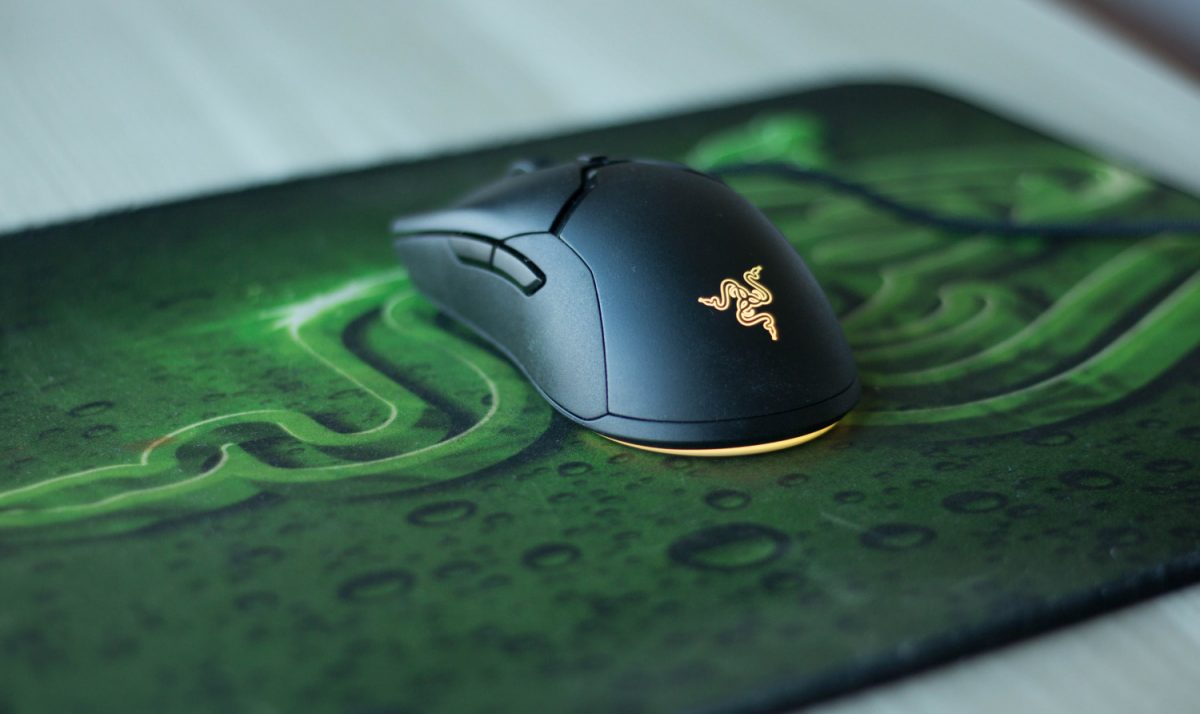
As part of the Viper family, it’s only expected that the Mini takes on the same design. Similar to both the Viper and Viper Ultimate, the smaller gaming rodent sports a sleek, black cut with a glossy cutout in the middle that melds into a futuristic aesthetic. It also retains the knobbly scroll wheel and left side buttons found on the other two mice. Due to its trimmed form, the Viper Mini is the most streamlined of them all, too.
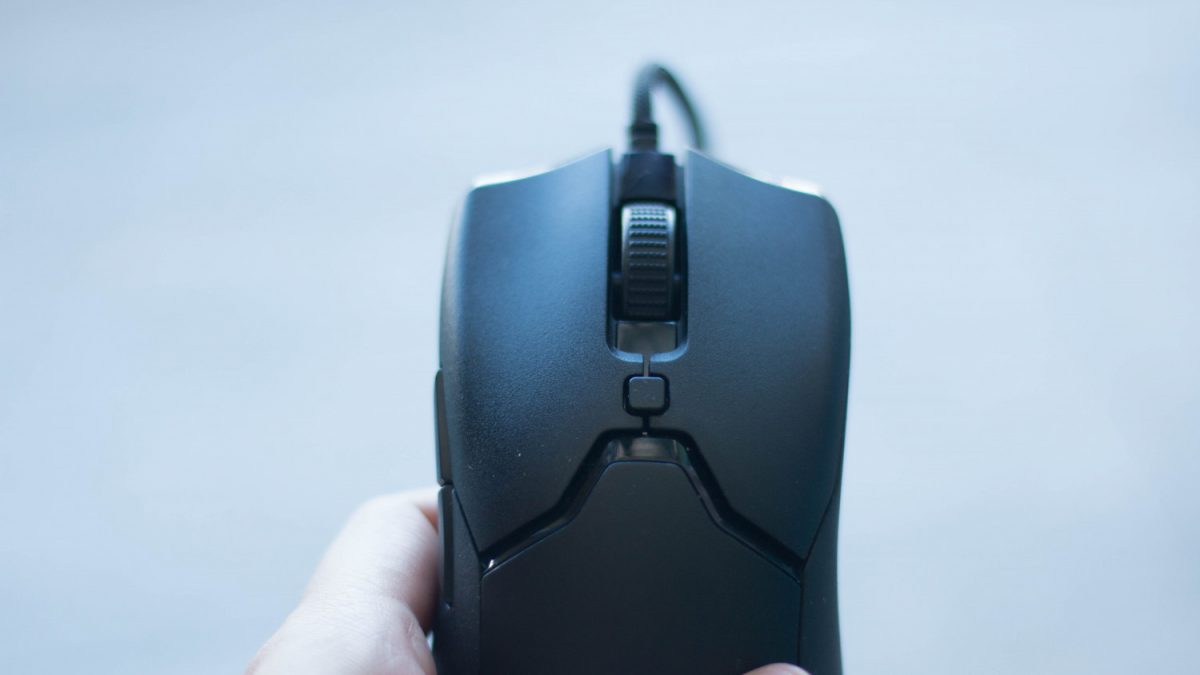
That’s where the similarities end, though. Razer has shifted the DPI button to rest below the scroll wheel this time rather than the base, and it’s quite a good spot – the square is small enough to blend in, so there’s little chance of an accidental hit. On the curved surface is where the signature Razer logo sits, but for the Viper and Viper Ultimate, it exclusively lights up instead.
The greatest distinction is the Viper Mini’s faux ambidextrous design. Unlike its two siblings, it only has a set of buttons on the left, and thus solely caters to right-handers. Although its symmetrical build may suggest otherwise, nothing lies by its right side, and that’s exactly what the term refers to; even the left side is not entirely identical, with the Viper Mini losing the original’s rubbery grips.
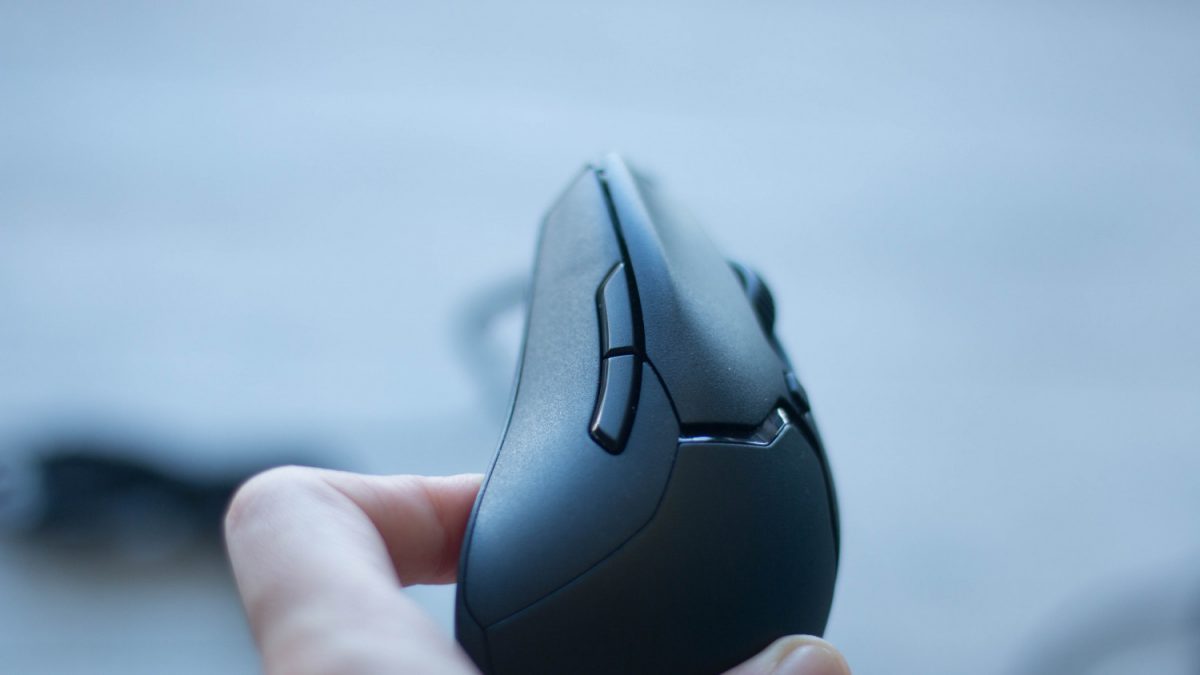
There’s something good that comes out of the side buttons, however. Compared to the two full-sized Vipers, they are protruding more, and feel far more tactile than before, which makes them easier to press.
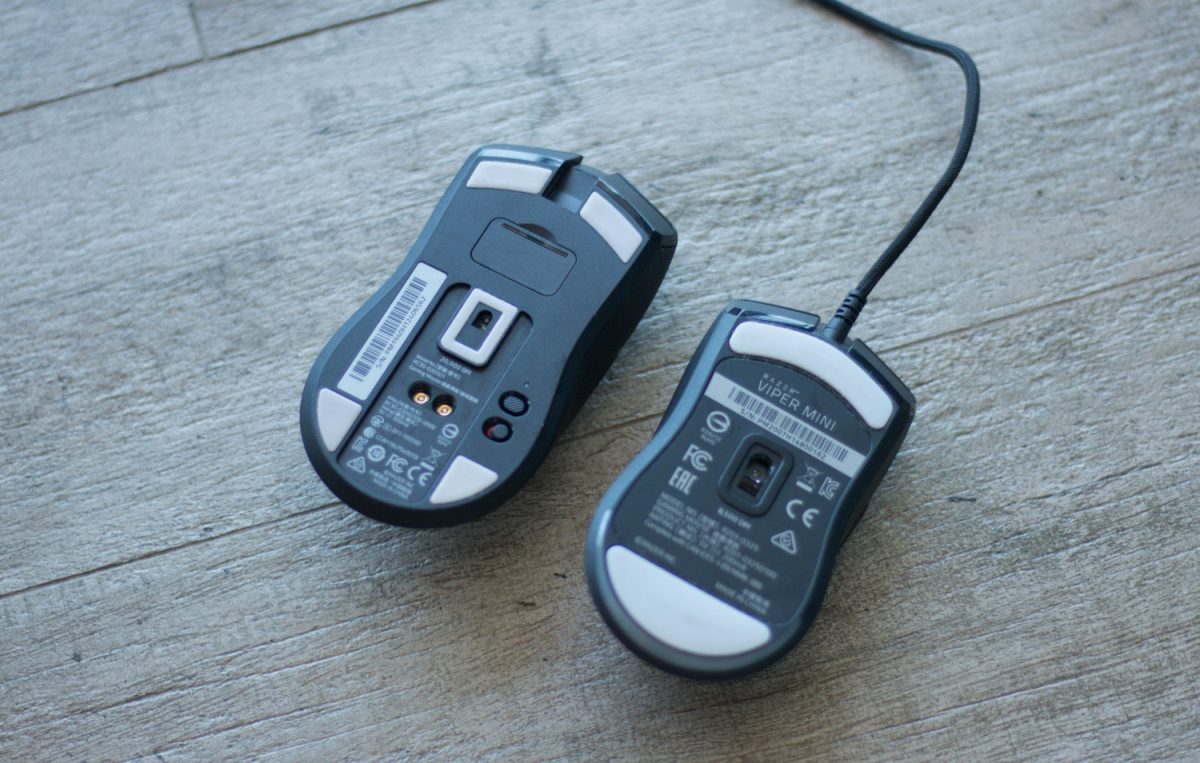
On the underside, the Viper Mini has gone with the Viper Ultimate’s underglow approach. It comes in the form of two white strips, but they cannot be configured separately in Razer’s proprietary Synapse 3 app, so what you see is what you get. The lighting effect is a deft, little addition, although the strips do seem to cheapen its appeal, especially when placed beside the Viper Ultimate.
Just one thing about the Viper Mini’s overall design: because Razer doesn’t state explicitly that it’s solely a mouse for right-handers – and the not oft-used term “faux ambidextrous” isn’t exactly helpful – it’s possible for enthusiasts to mistake it for an ambidextrous mouse due to its association with the Razer Viper. Considering the already limited picks for southpaws on the market, this is one problem they can do without.
Lean but Mean (Enough)
While it’s true that quality usually comes with a price, the Viper Mini seeks to discredit the sentiment. At S$63.90, the mouse is definitely more affordable than its above-S$120 counterparts, but that doesn’t mean it’s miles apart in performance; in fact, it achieves a lot on its own merit.

First, the optical switches. The gaming rodent is armed with improved mouse buttons (or so Razer claims) that are modelled after the feel of actual mechanical switches, alongside an upgraded 0.2-millisecond response time. Admittedly, the difference can’t really be felt, although the gaming experience proved to be rather pleasant: the crisp, tactile touch allowed for rapid and controlled single-shots as McCree in Overwatch – a remarkable feat in itself, with it being able to nearly replicate the performance of the top-tier Logitech G502.
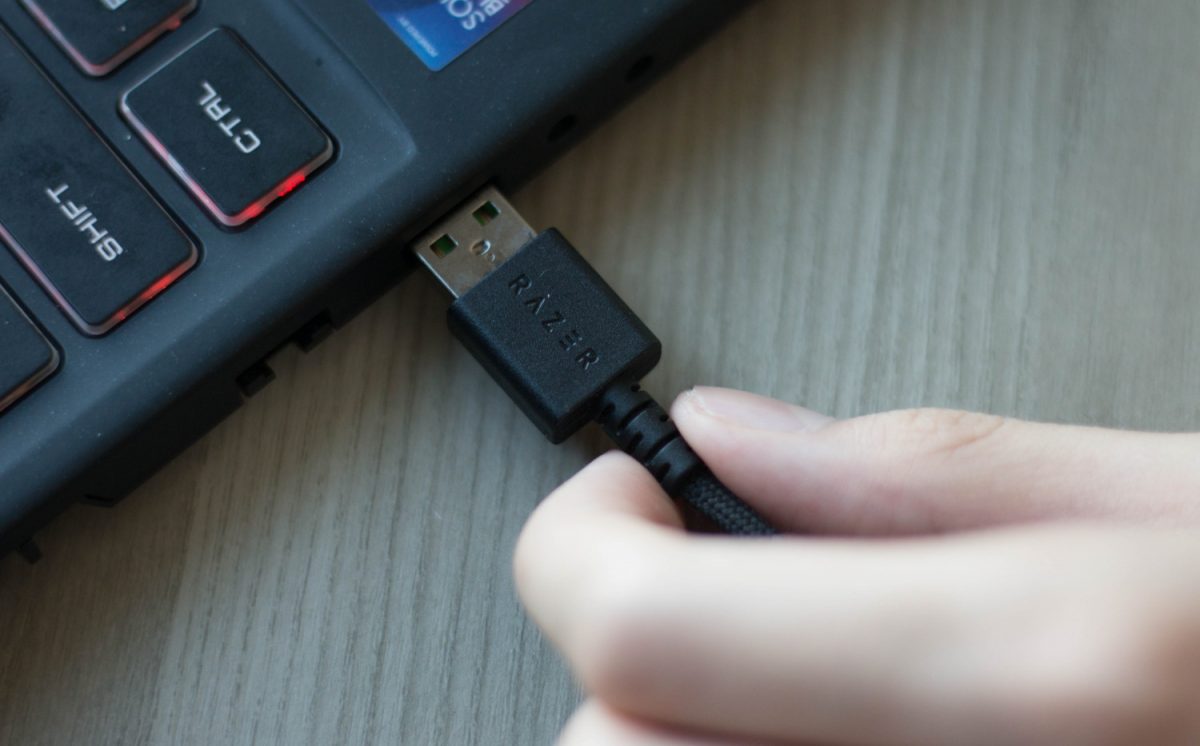
Of course, there are also other factors that contribute to the Viper Mini’s prowess on the battlefield. Underglow effect aside, the top and bottom feet at the base of the mouse grants a smooth gliding experience that makes wrist flicks and 360-degree turns easier without compromising on accuracy. The Speedflex cable, meanwhile, is both lightweight and supple, offering little to zero drag, and the closest encounter to wireless one can expect out of a wired mouse. It’s the same one found on the Razer Viper actually, the same one that doesn’t tangle, catch onto anything, or become a tangled mess.
The only downside to the mouse is the sensor, which sees Razer swapping out its usual Razer 5G Optical, the spin-off from its cutting-edge PMW 3360 sensor, for a budget equivalent. This translates to a lowered DPI and speed cap of 8,500 and 300 inches-per-second respectively, instead of the supposed 16,000 and 450. But numbers are just numbers, and the differences don’t bring about many ramifications in actuality – there’s hardly any reason to go past the 7,200 DPI mark, and the sensor proved to be exceptional at tracking, with no acceleration or prediction. If there’s anything else to fault, it’d be that tiny bit of flex detected when pressure is applied to the frame.
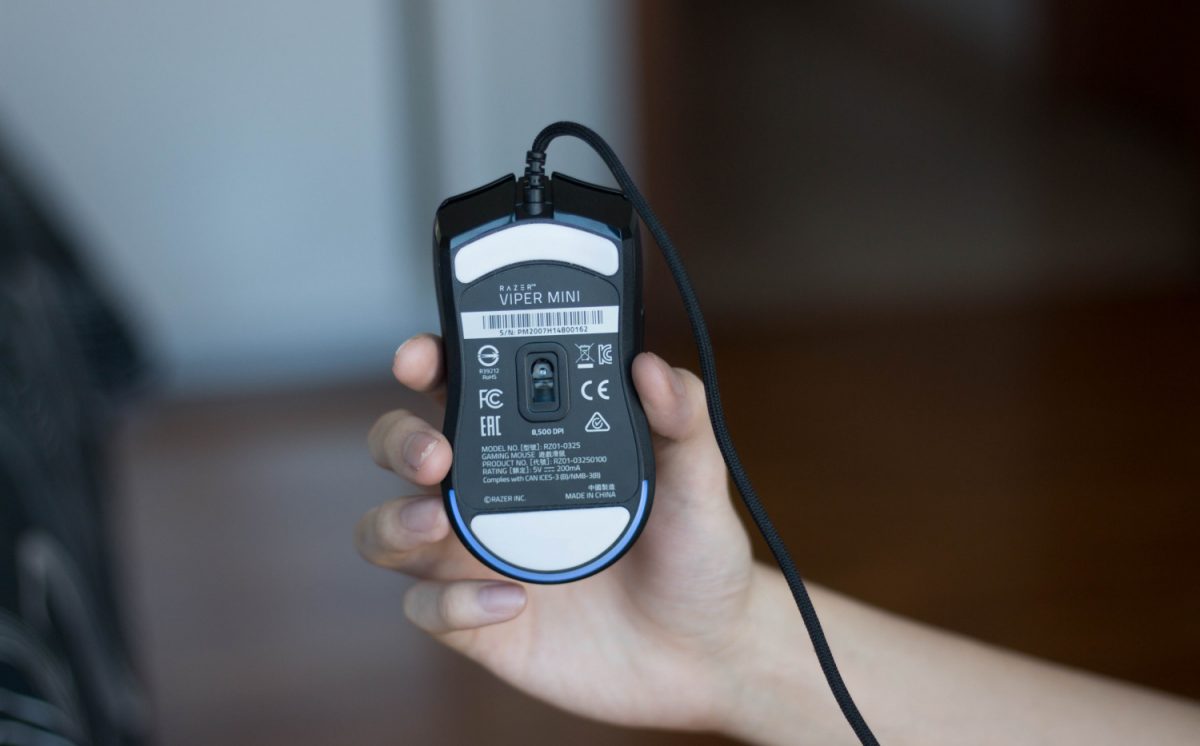
The Razer Viper Mini may not be the lightest pick around, but it’s quite possibly the best one for small hands, and those who simply prefer a more snug mouse. An exceptional newcomer, it has opened up more ultralight options for an audience group that, too often, blends into the majority crowd, and it’s nice that Razer is taking notice of that. The Viper Mini might have taken a slight cut in performance with a cheaper sensor alternative, but the difference in quality is very much negligible, especially since it still functions just as well as the usual full-sized mouse. Much like the Razer Viper and the Viper Ultimate, this is yet another solid entry by the folks over at Razer – one that offers great performance and satisfactory features at the affordable price of S$63.90.
GEEK REVIEW SCORE
Summary
Despite its name, there’s nothing “mini” about the Razer Viper Mini, sans its size. It looks sleek enough, performs extremely well in the field, and is perfect for those looking to wield a smaller mouse.
Overall
8.8/10-
Aesthetics - 8/10
8/10
-
Build Quality - 8/10
8/10
-
Performance - 9/10
9/10
-
Value - 10/10
10/10
-
Geek Satisfaction - 9/10
9/10















